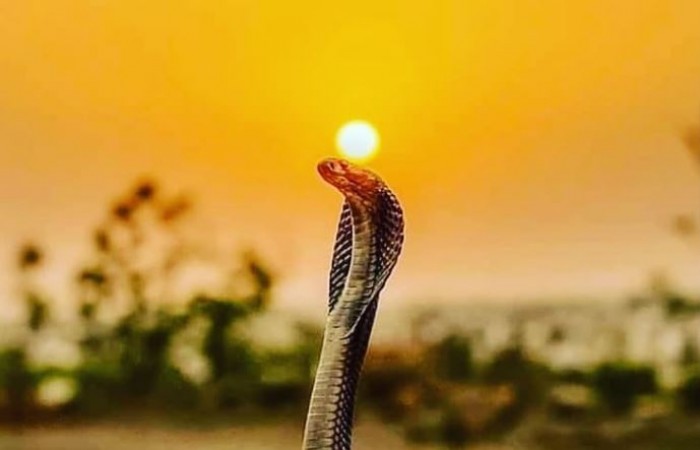
Nag Panchami is a significant Hindu festival celebrated in various regions of India and Nepal to honor and worship serpent deities, symbolizing nature's raw power and fertility. The festival falls on the fifth day of the bright half of the lunar month of Shravan, which typically corresponds to July or August in the Gregorian calendar. This auspicious occasion not only highlights the reverence for snakes but also signifies the harmonious coexistence between humans and nature. In this article, we delve into the history, significance, rituals, and cultural significance of Nag Panchami.
The Legend Behind Nag Panchami
According to Hindu mythology, the origins of Nag Panchami can be traced back to various ancient tales. One popular legend is the story of Lord Krishna, who is renowned for his bravery and compassion towards all creatures. As a young boy, Krishna defeated the monstrous serpent Kalia, who had been terrorizing the residents of the Yamuna river. His victory over Kalia symbolizes the triumph of good over evil and establishes him as the protector of the serpent world.
Another famous mythological tale involves the saga of King Janamejaya, the son of Maharaja Parikshit. Janamejaya held a great snake sacrifice called "Sarpa Satra" to avenge the death of his father, who was bitten by a serpent. However, during the sacrificial ritual, the serpent Takshaka, who was responsible for the king's father's death, was ultimately saved by the compassionate intervention of a sage named Astika. Since then, Nag Panchami is celebrated to show respect to snakes and their importance in maintaining ecological balance.
Significance and Symbolism
Nag Panchami holds a deep symbolic meaning within Hindu culture. Snakes, in Hinduism, represent both fear and veneration. They are associated with various deities, particularly Lord Shiva, who is often depicted wearing snakes around his neck as a sacred ornament. Serpents are believed to be protectors of underground treasures, agricultural fertility, and water sources. The festival signifies acknowledging the role of serpents in maintaining ecological balance, and it reminds people of the importance of preserving nature and its creatures.
Rituals and Celebrations
The festivities of Nag Panchami are marked by various rituals and customs that vary across different regions of India and Nepal. The central ritual involves the worship of live snakes or snake idols in homes and temples. People offer milk, flowers, incense, and sweets to the serpent deities and pray for their protection and blessings.
In certain areas, women draw images of snakes on the walls of their homes using a mixture of cow dung and water, representing the presence of snakes as protectors. Devotees often fast on this day and break their fast after offering prayers to the serpent gods. Temples dedicated to Nagas (serpent deities) become the epicenter of celebrations, where large gatherings of devotees participate in recitals of sacred hymns and bhajans (devotional songs).
Cultural Significance
Beyond its religious significance, Nag Panchami has profound cultural importance in the Indian subcontinent. It fosters a sense of unity and respect for nature, promoting environmental consciousness among people. The festival reminds individuals to live in harmony with all living beings, including animals and plants. Snake conservation efforts gain momentum during this period, as people become more aware of the ecological balance that these reptiles maintain.
Nag Panchami, a vibrant and meaningful Hindu festival, celebrates the awe-inspiring power of serpent deities and their vital role in nature. The celebration not only symbolizes the triumph of good over evil but also emphasizes the necessity of ecological preservation and harmonious coexistence with all creatures. As the years go by, Nag Panchami continues to be cherished, revered, and celebrated, inspiring millions to revere the serpents and the natural world in all its glory.
Inside Ron DeSantis' Spiritual Journey and Political Path
Unraveling Adolf Hitler's Religious Beliefs: A Complex Historical Inquiry